 It’s the start of a new year, and product designers are already launching thousands of new apps, tools, and resources.
It’s the start of a new year, and product designers are already launching thousands of new apps, tools, and resources.
In January’s edition of our monthly roundup of the most exciting new downloads for designers and developers, there’s everything from full-blown applications to helpful little side projects. Enjoy!
Observable
Observable lets you explore, analyze, and explain data as a team to uncover insights, and make better decisions. Build fresh data visualizations with drag-and-drop components or JavaScript.
Blocs
Blocs is a no-code website builder based on Bootstrap 5. It has a whole heap of templates, so all you need to do is pick one, customize it, and add your content.
blogstatic
blogstatic is a fantastic no-code blogging platform with a minimal UI that lets you focus on nothing but your content. There’s built-in SEO, plus themes and hosting is included.
Lessmail
Lessmail is an excellent way to clean out your inbox for the new year. Unsubscribe from unwanted newsletters, delete old messages and focus on the mail you want.
Ultimate Side Projects Playbook
Is 2023 the year you’ll launch a web-conquering side project? Give yourself the best chance with the free Ultimate Side Projects Playbook to guide you through the process.
Ashore
Get your web designs, prototypes, and other creative work sign-off fast using Ashore. Upload your files, share them with stakeholders, and track when your designs are approved.
Frase
Frase is an AI tool for researching, writing, and optimizing content with high-quality SEO keywords. Write anything from content briefs to blog posts in a fraction of the usual time.
Uiverse
Uiverse is a collection of UI elements designed by the community that you can use on your site for free or even submit your own designs for others to use.
Rive
Rive is an excellent app for building fast, small, interactive animations and motion graphics for the web. Animations built-in Rive can run on the web or in native apps.
Vuestic UI
Vuestic UI is an excellent UI framework for Vue. All aspects are fully customizable, and Vuestic UI seamlessly integrates with other component libraries for even more options.
Localfonts.xyz
Localfonts.xyz is a simple way to browse the fonts installed on your local machine in your browser. It’s a fast solution for choosing fonts for your designs.
PixelBin
PixelBin is a tool for optimizing and delivering images. It uses AI to transform your assets and allows you to use larger, higher-quality images without bloated load times.
EarlyBird
EarlyBird is a no-code landing page generator perfect for teams launching an early-stage website. You can get your product online fast and start validating it with real users.
RippleUI
RippleUI is a toolkit for UI design that improves on the Tailwind approach by simplifying classes to reduce the amount of code you need. In addition, it includes components and utility classes to speed up your web development.
No Code AI Model Builder
If you want to build your own AI models but you don’t know how to code, you can use No-Code AI Model Builder to generate AI models in minutes.
Templatify
Save hours creating social media templates with Templatify, a collection of 201 templates for Twitter and Instagram. There are dark and light versions, and a full video tutorial shows you how to customize them.
Detangle
Detangle beats small print by using the power of AI to generate human-readable summaries of legal documents so you can understand what you’re signing.
Mesher
CSS Hero’s Mesher creates incredible multicolor gradients that can be customized and exported to CSS for use in your projects.
OldestSearch.com
OldestSearch.com is a fascinating look at the web that was. Enter any search term, and it will return the oldest matching links available on Google Search.
Detect GPT
Detect GPT is a helpful Chrome extension that scans the content of web pages and determines if the content has been auto-generated by AI. It’s very handy for checking the validity of blog posts.
The post Exciting New Tools for Designers, January 2023 first appeared on Webdesigner Depot.
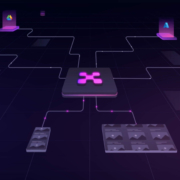
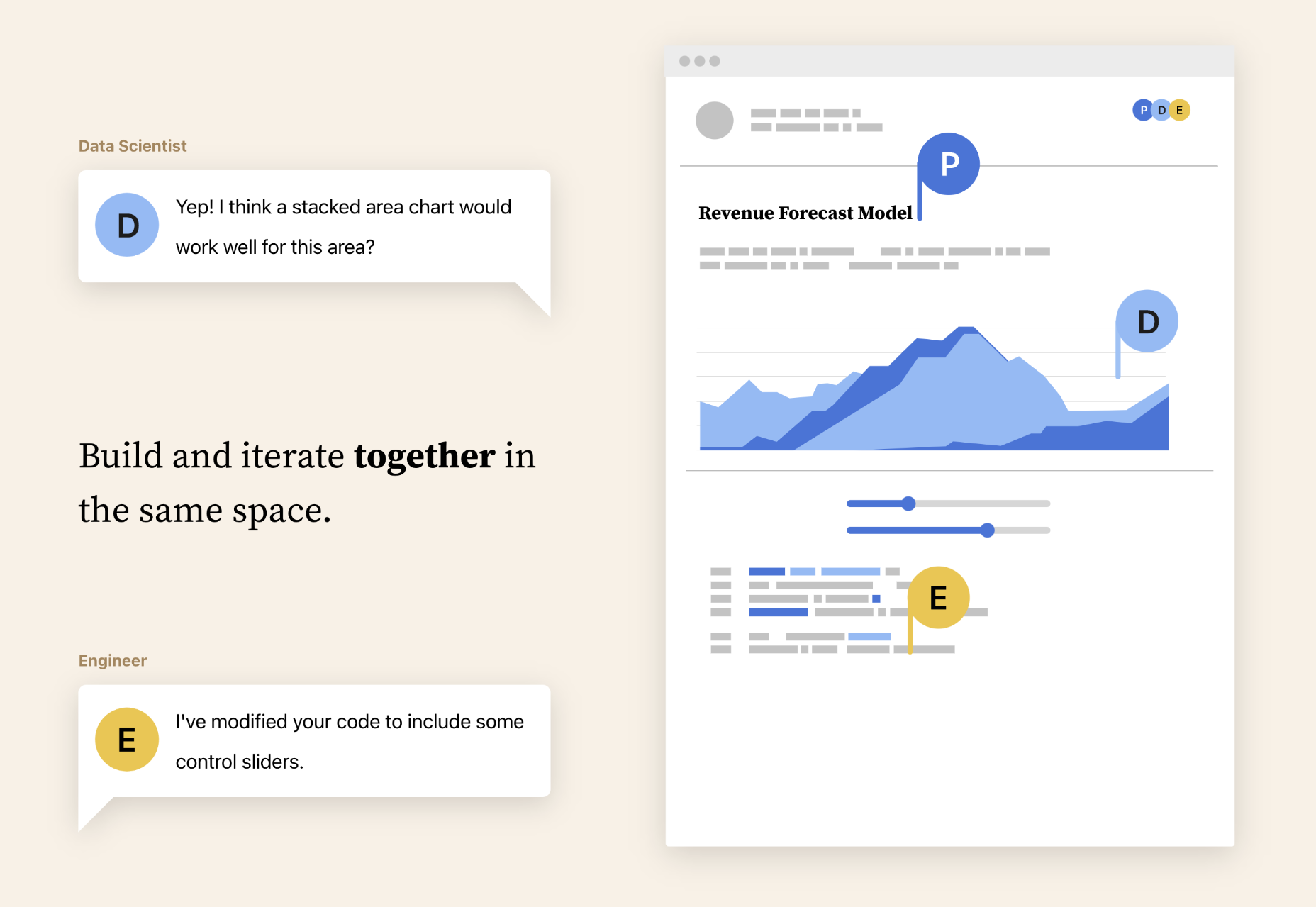
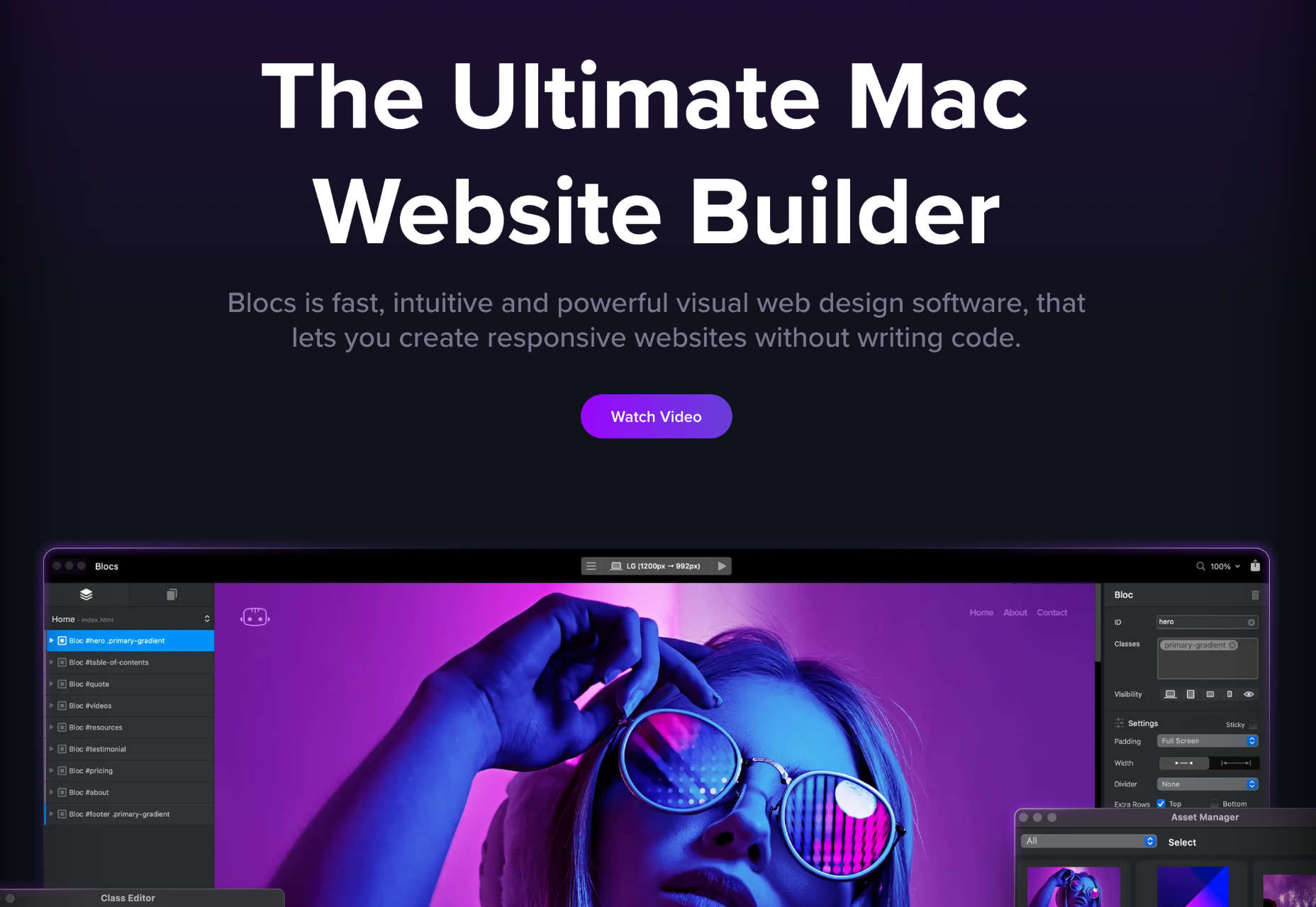
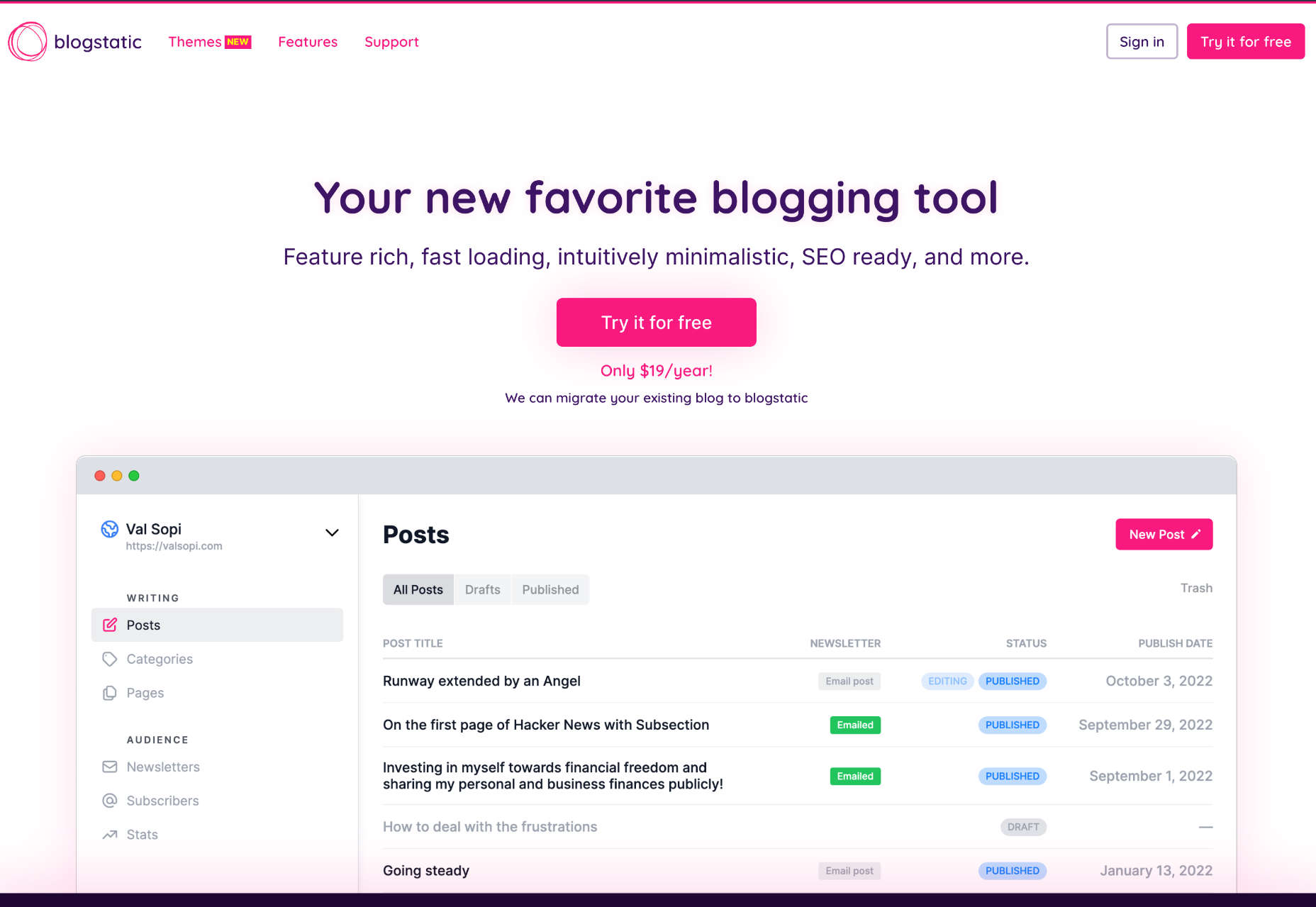
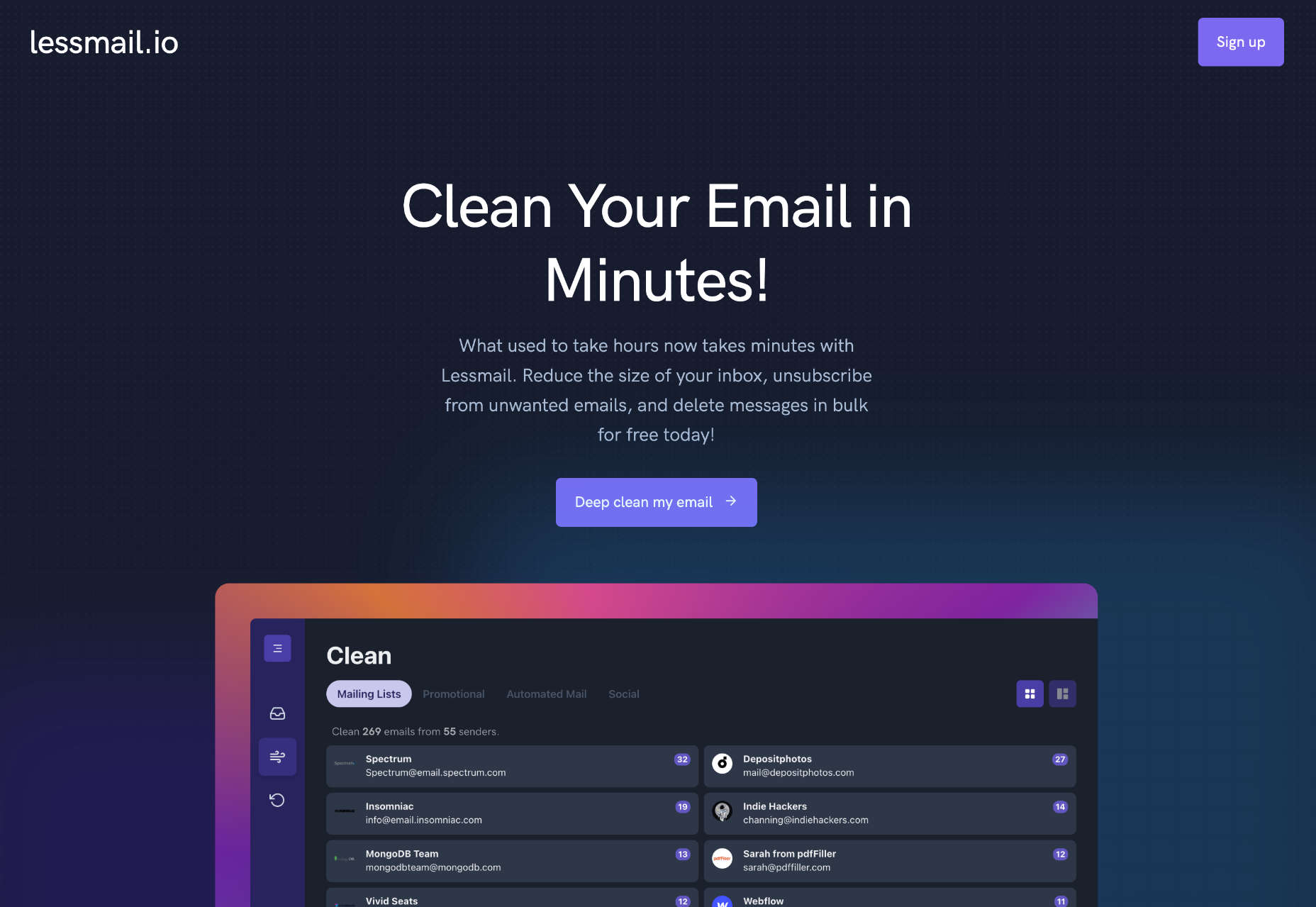
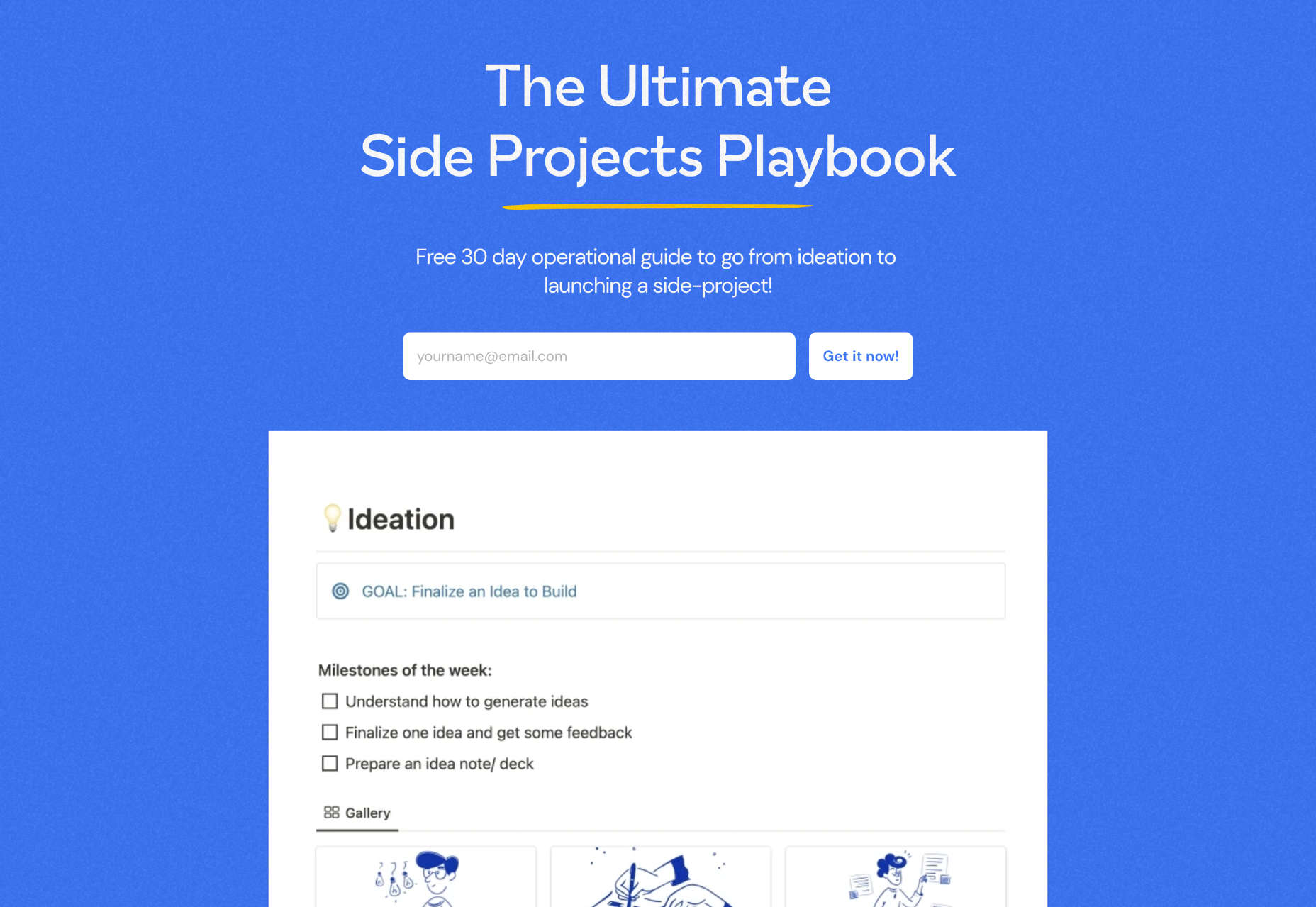
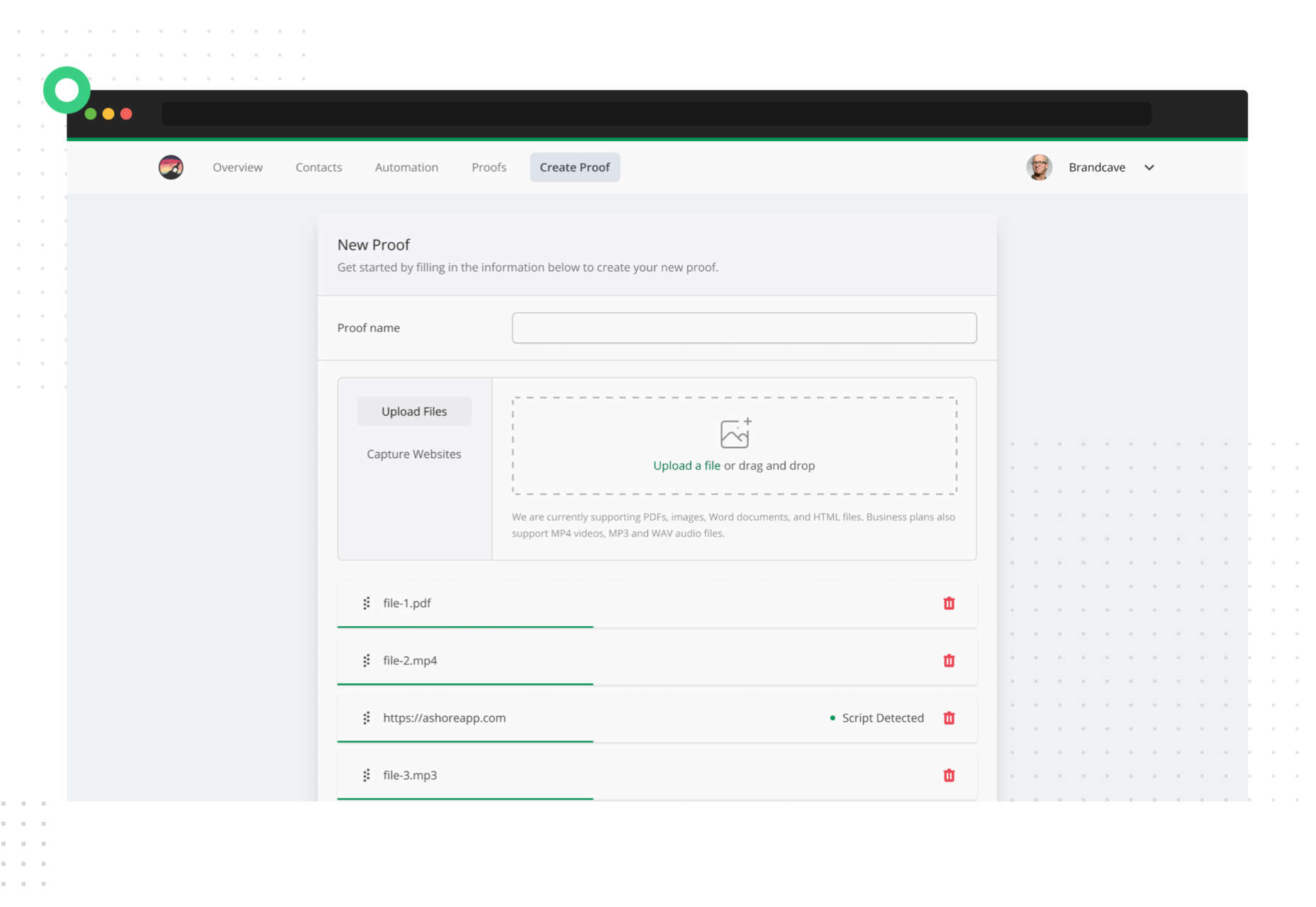
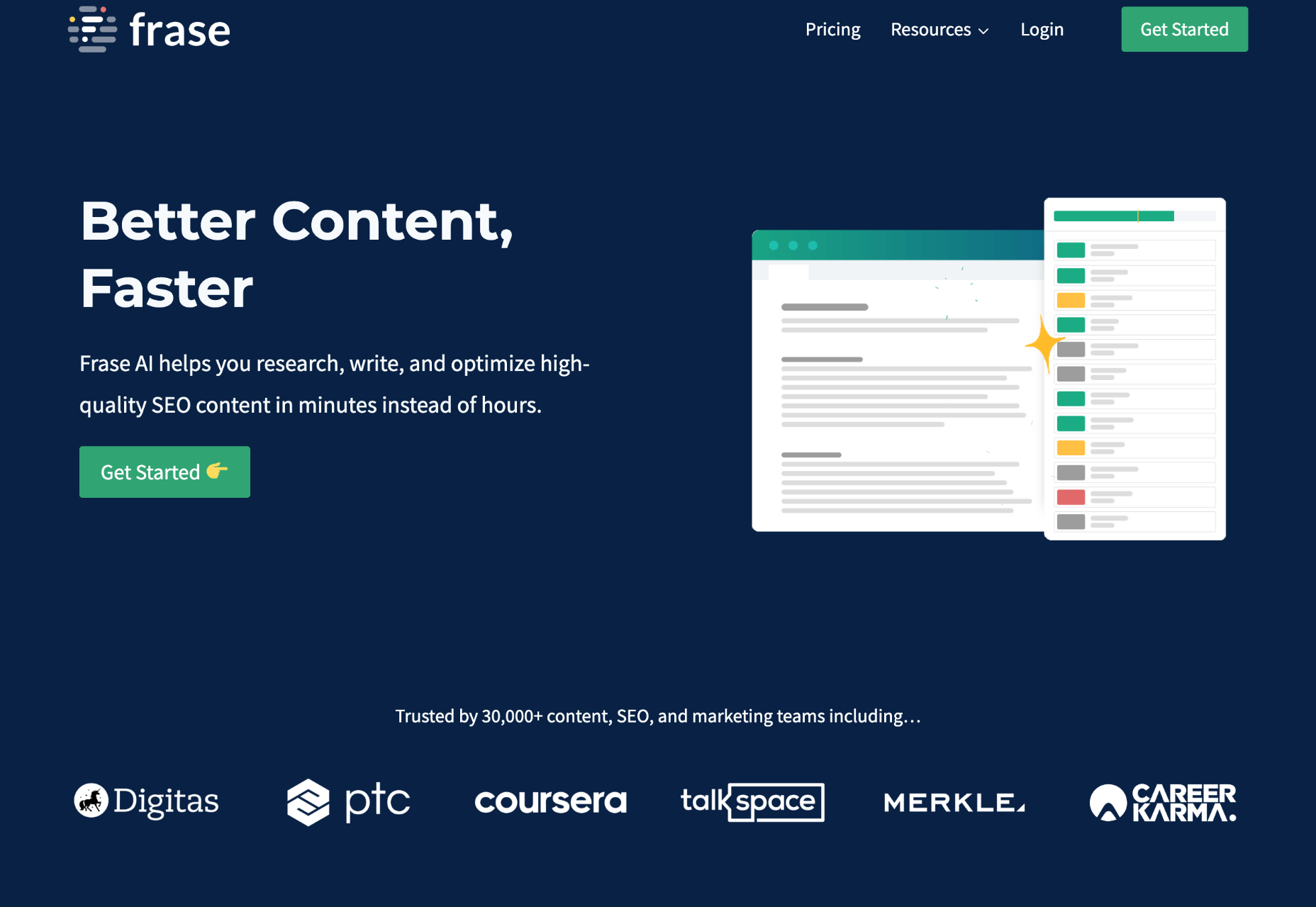
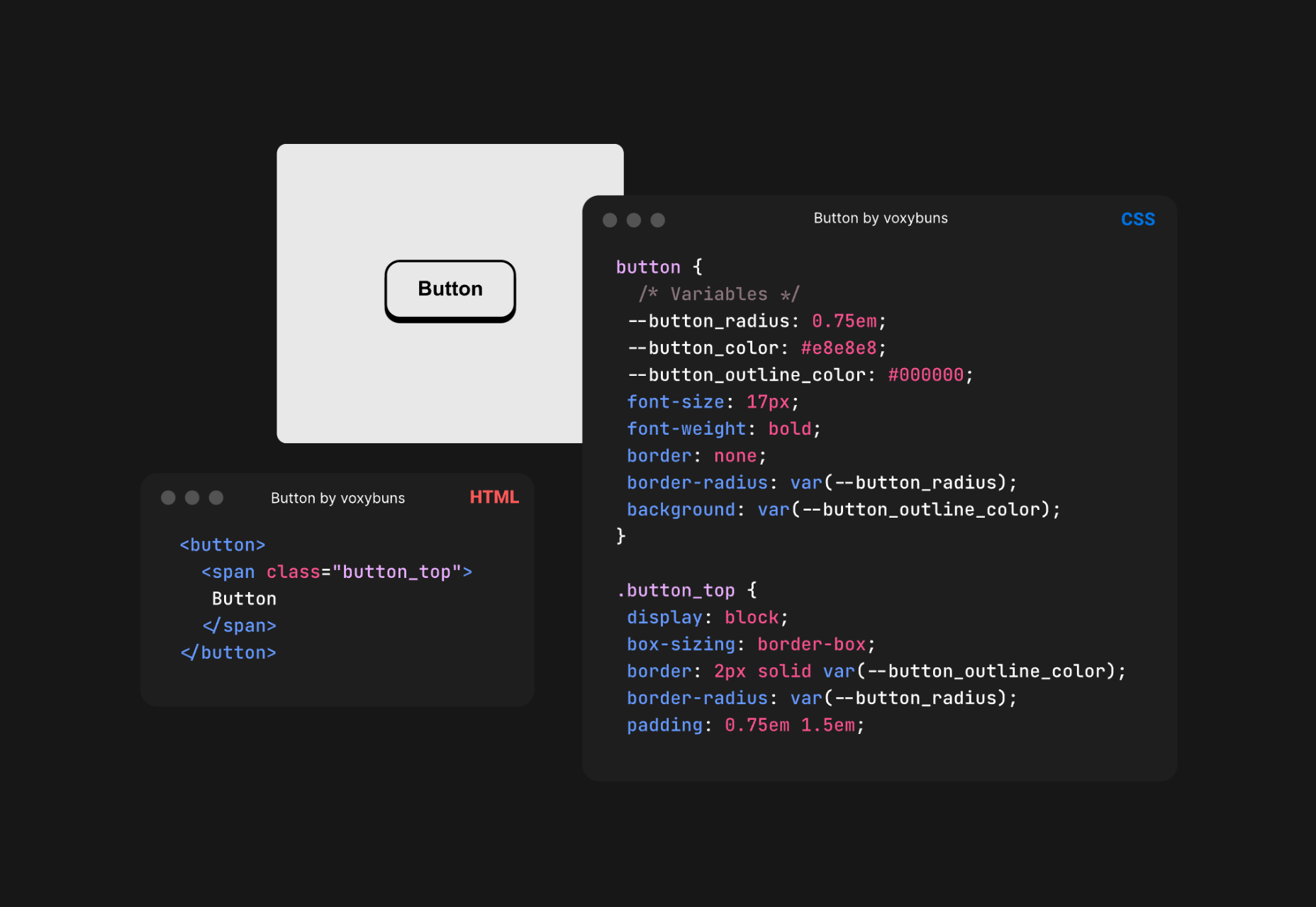
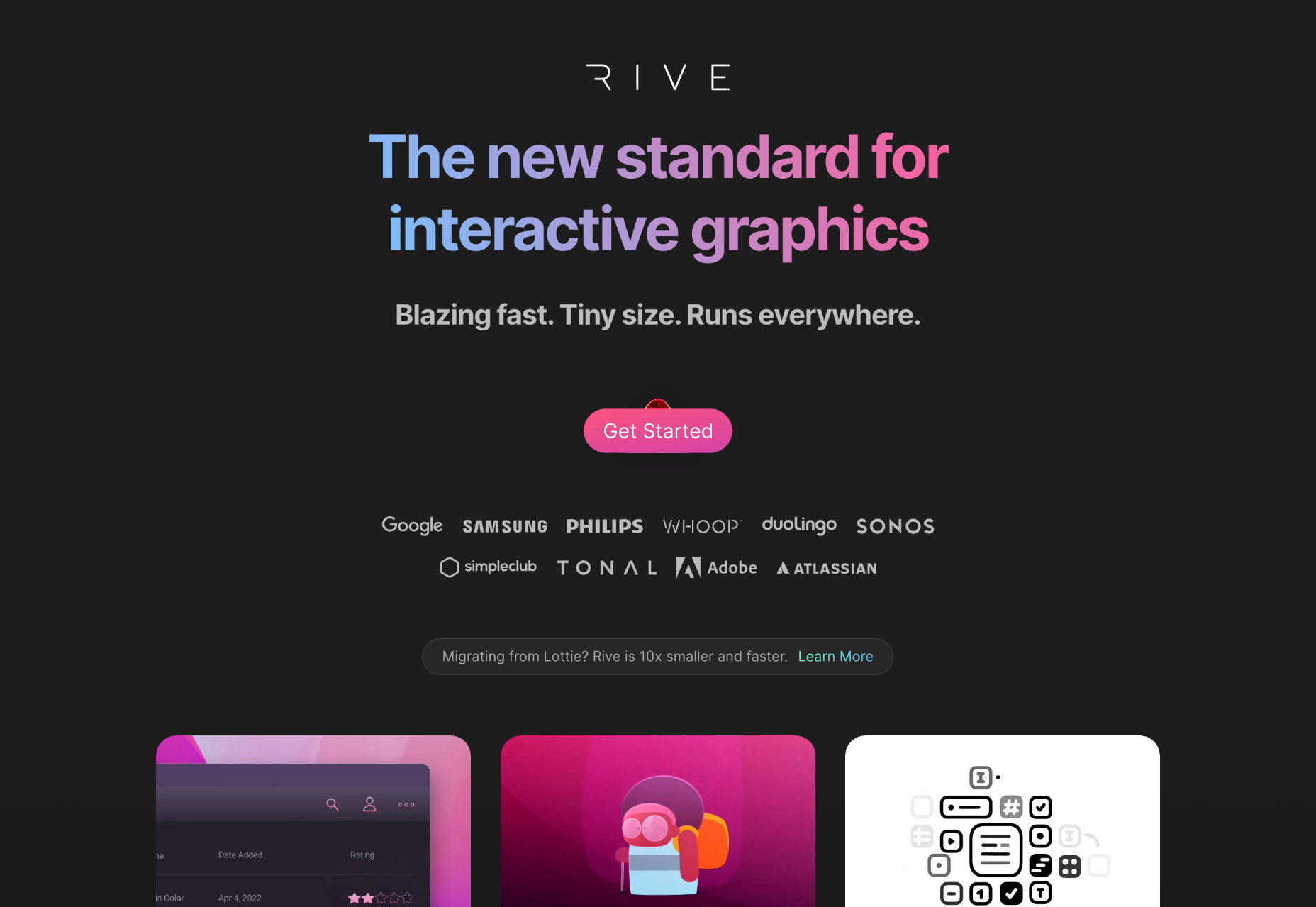
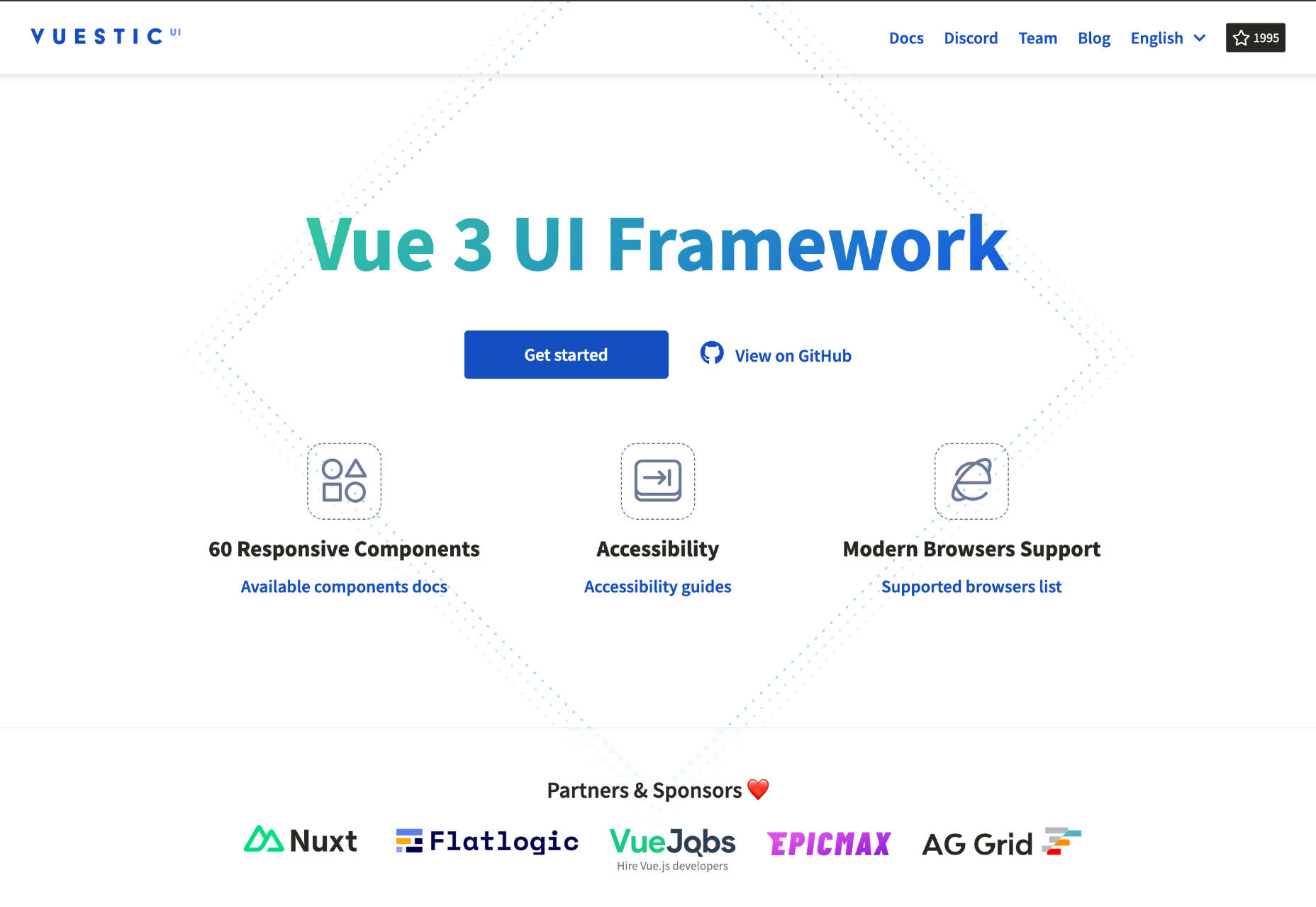
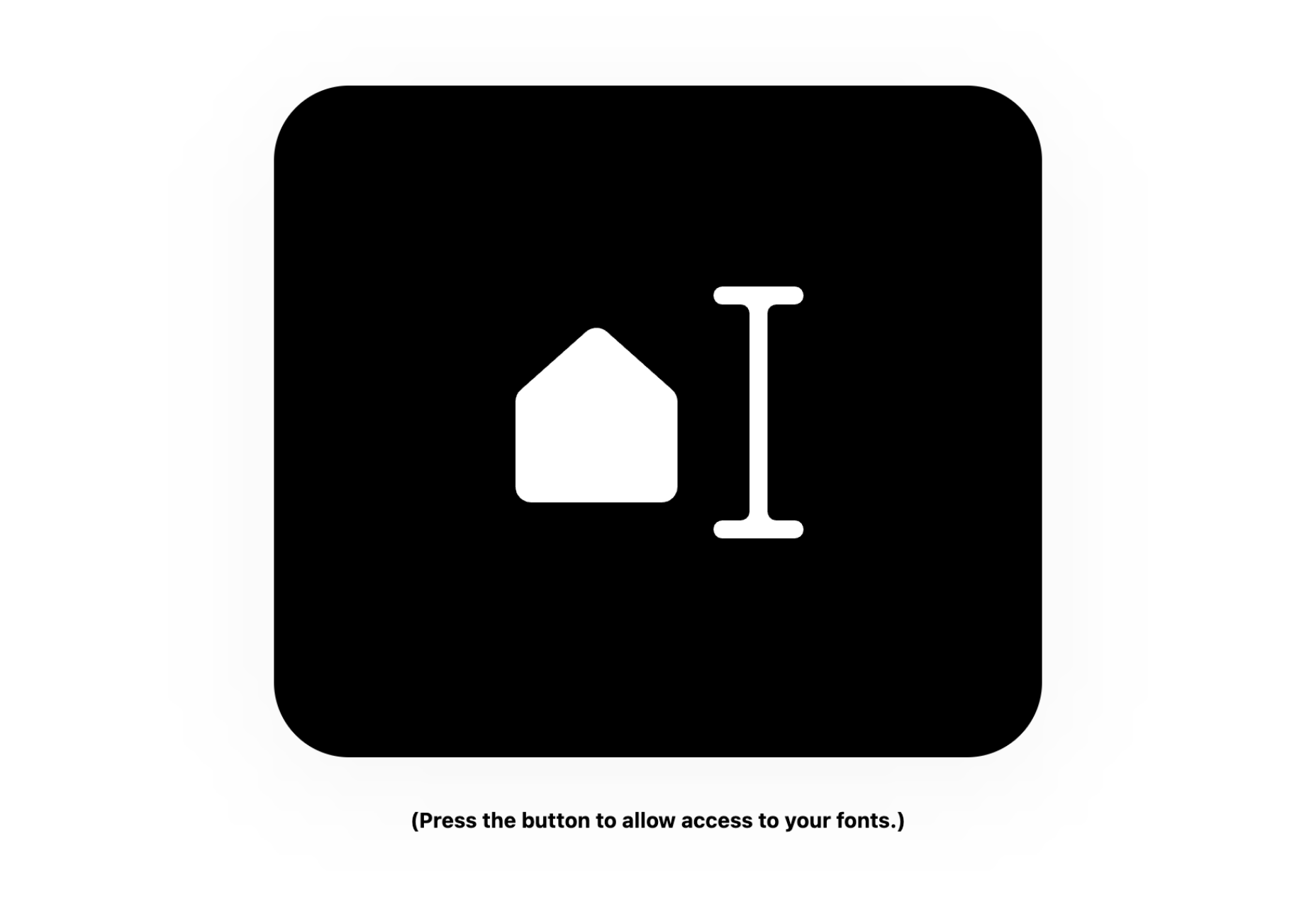
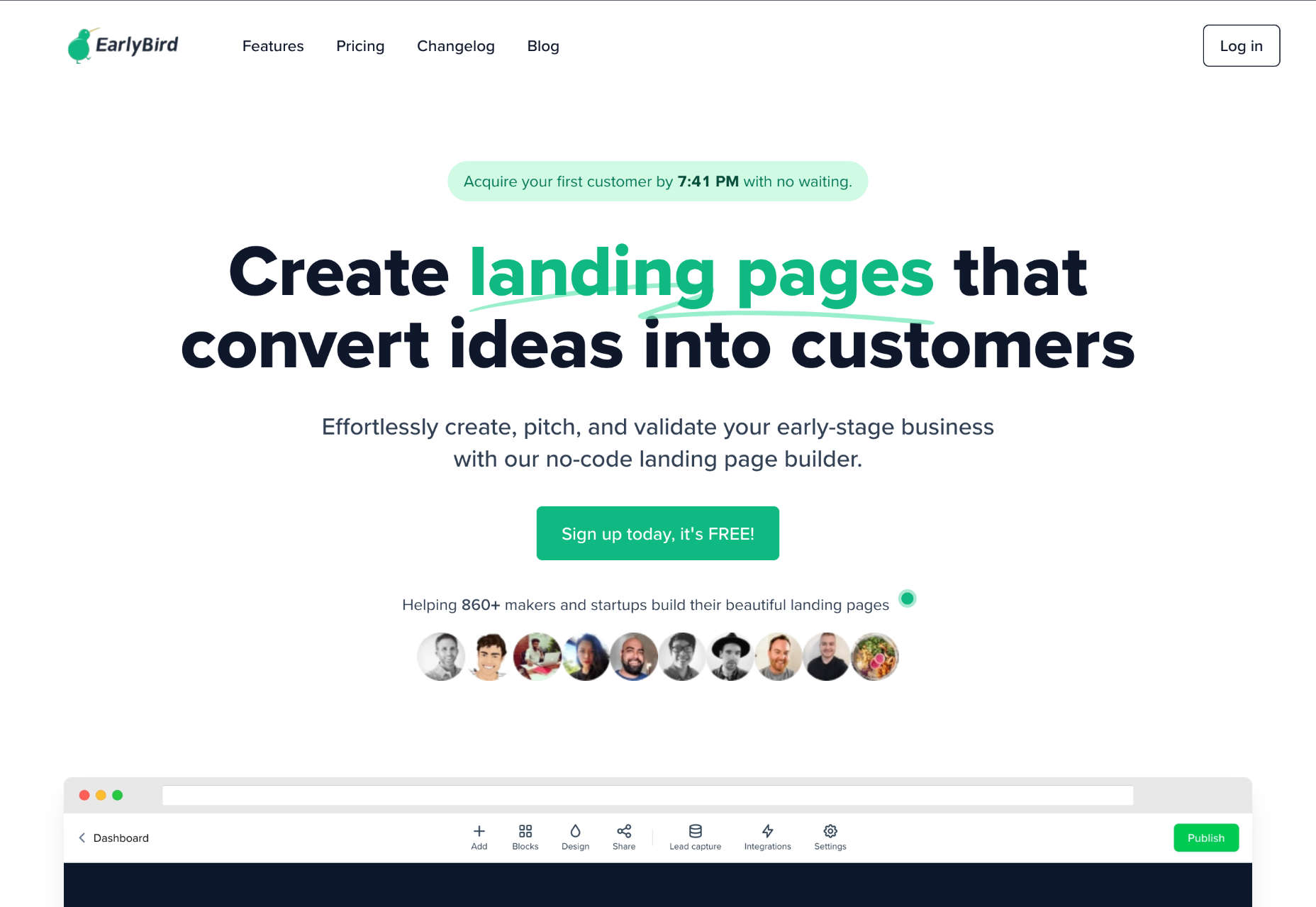
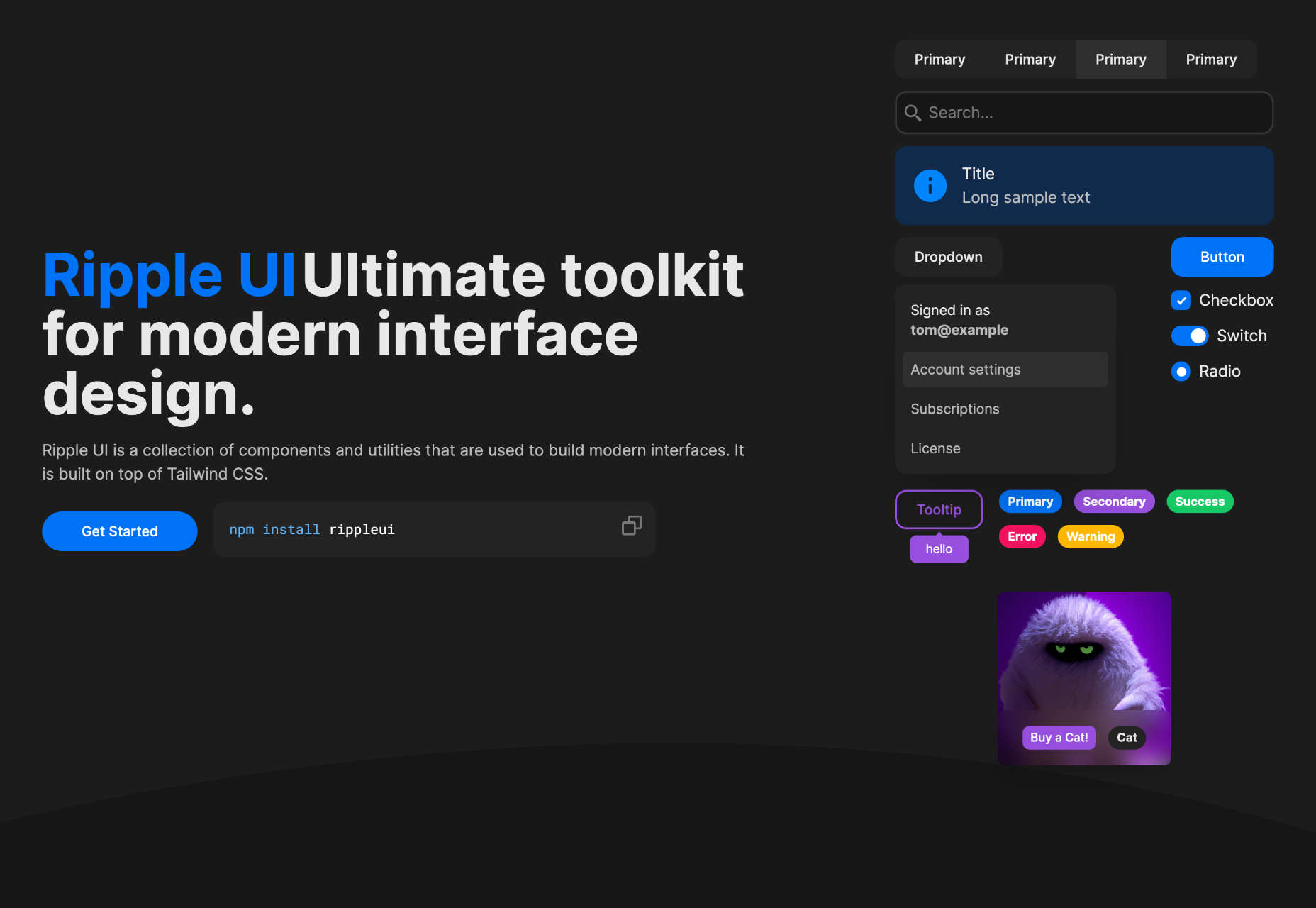
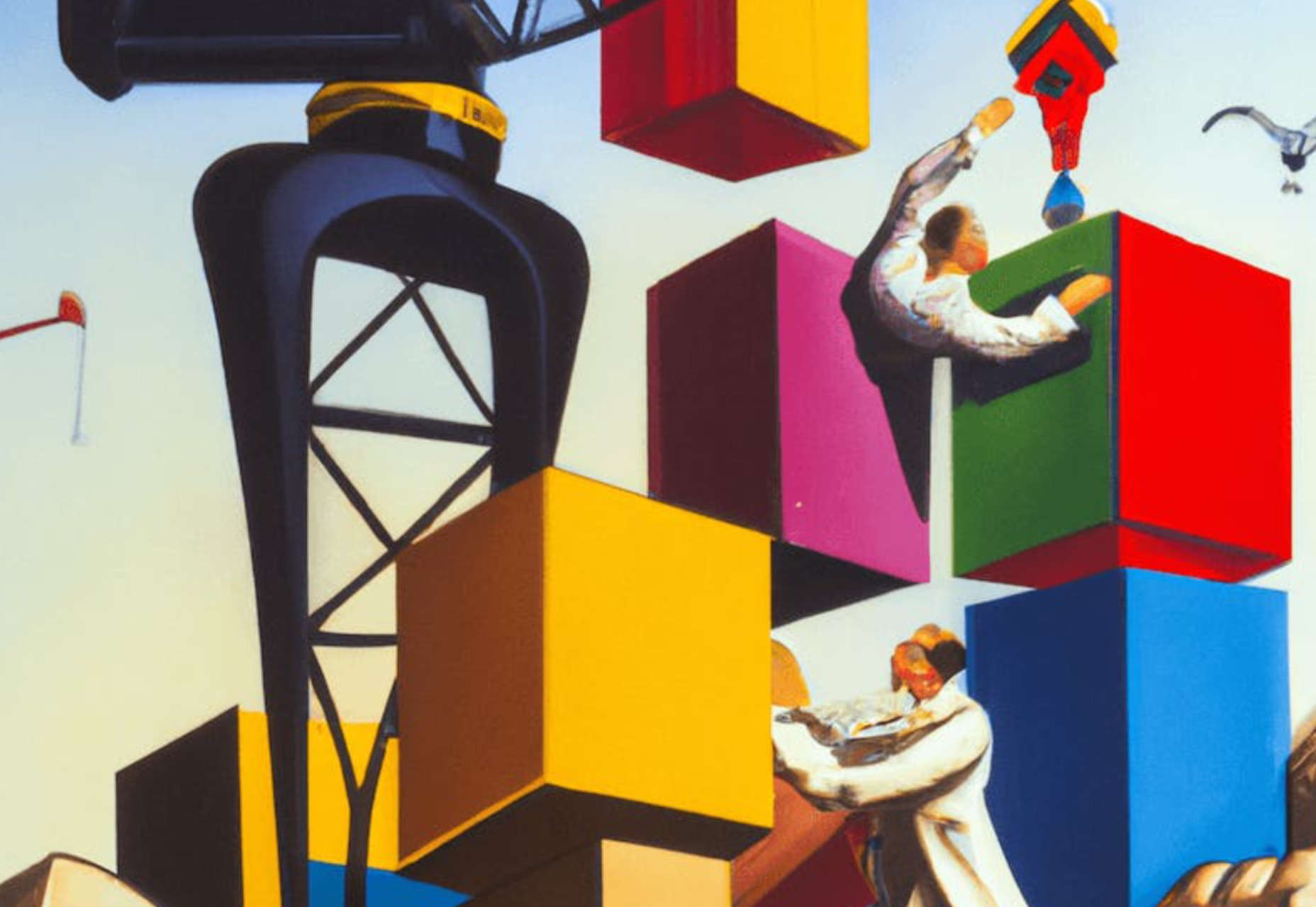
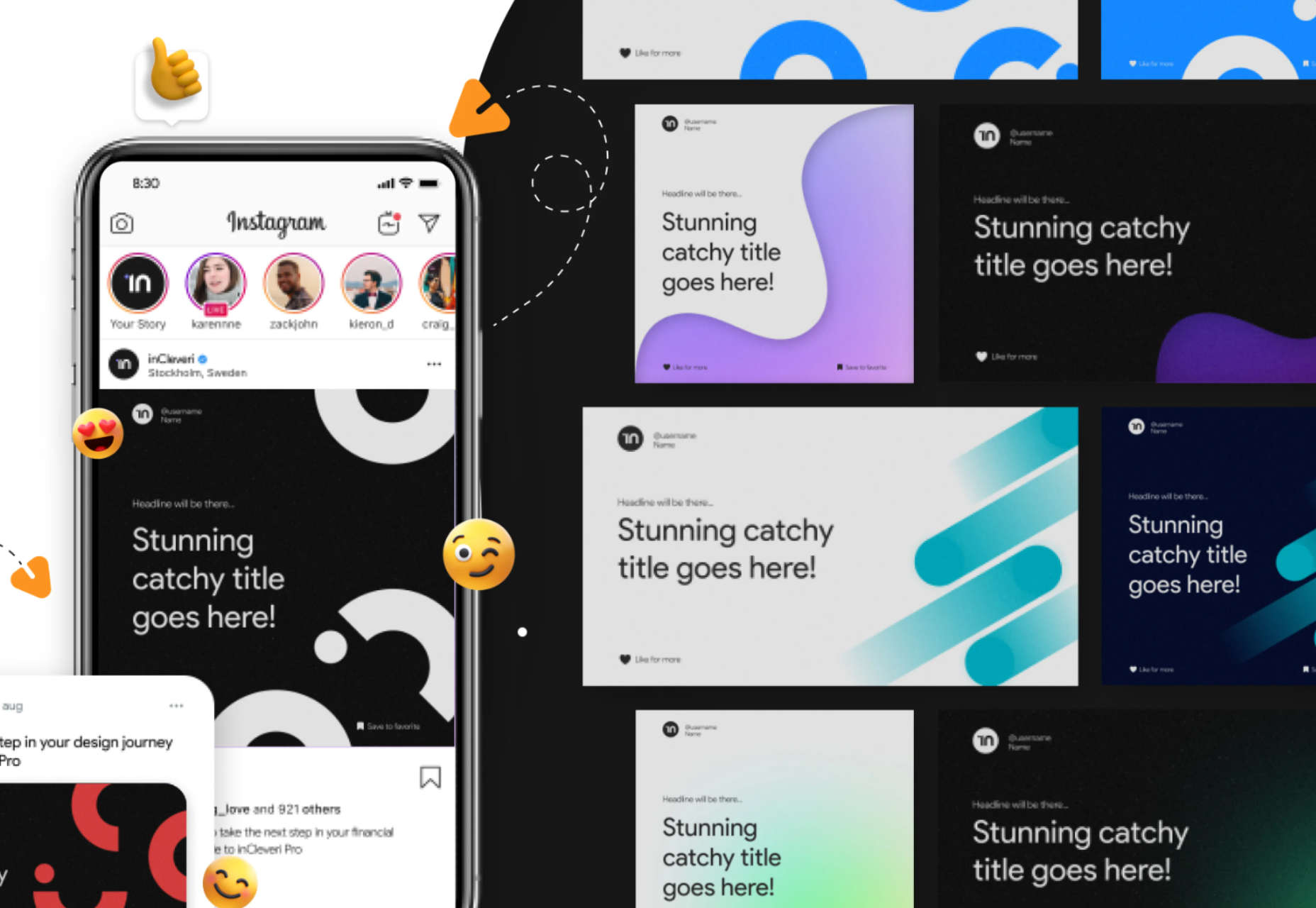
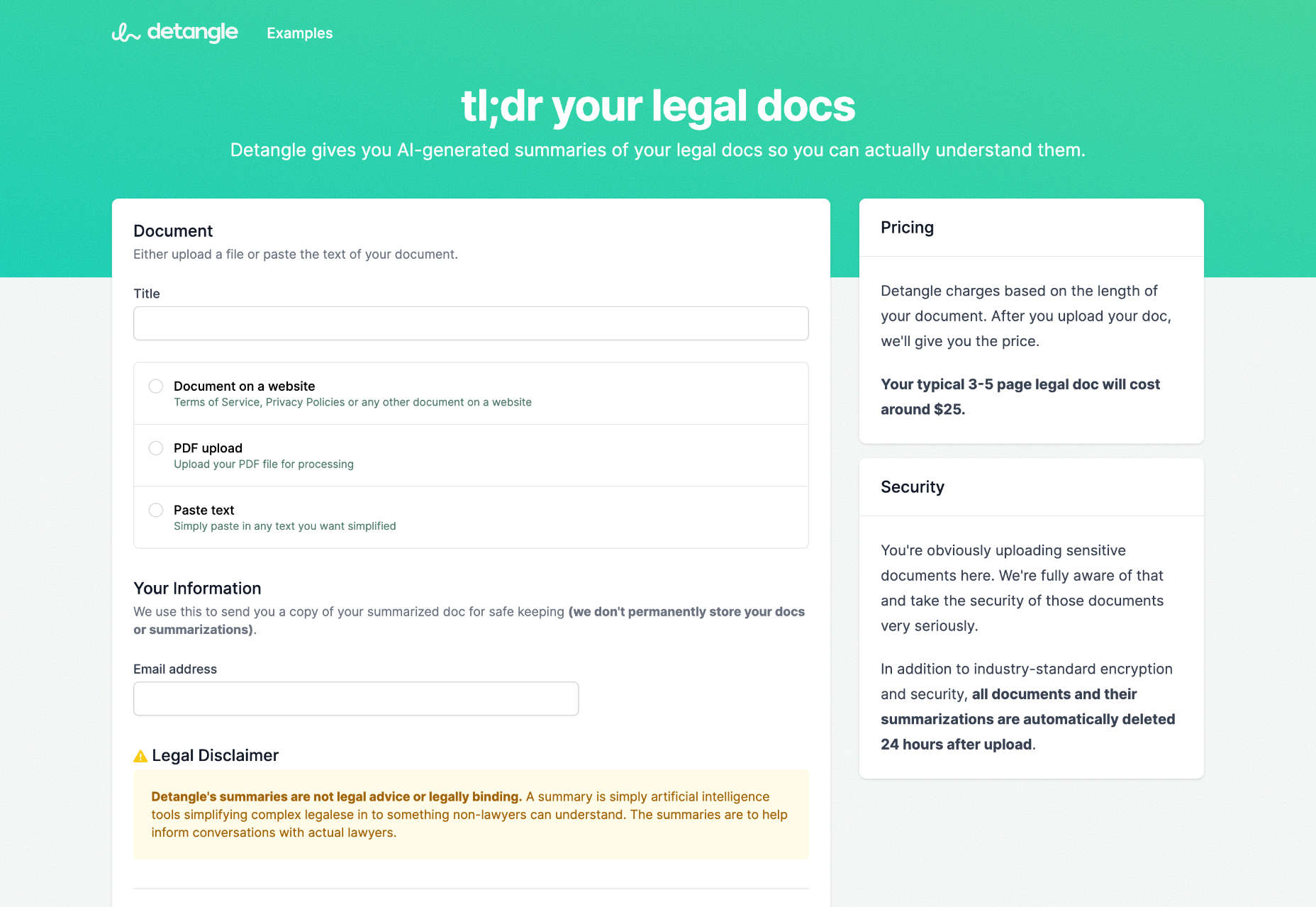
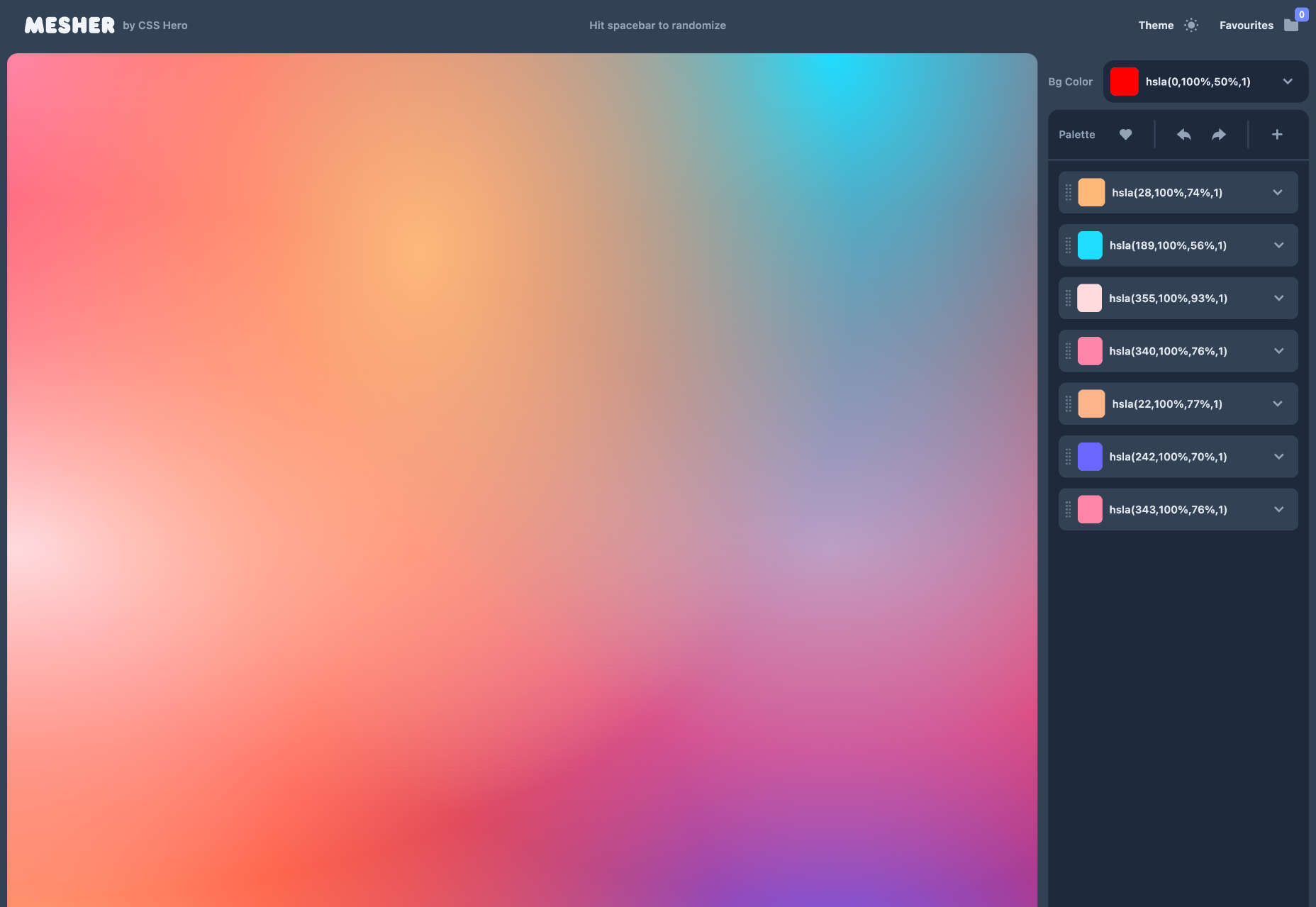
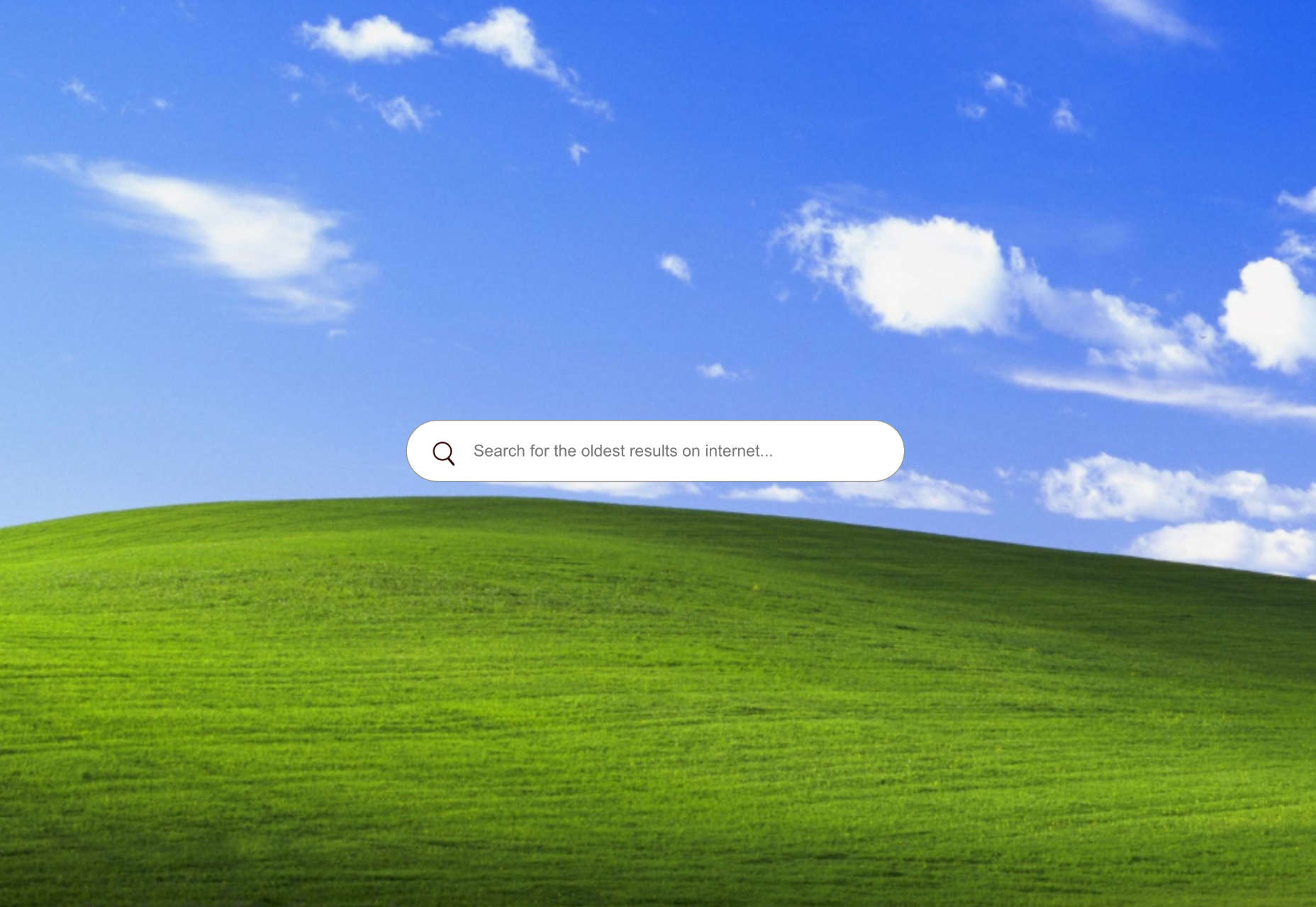
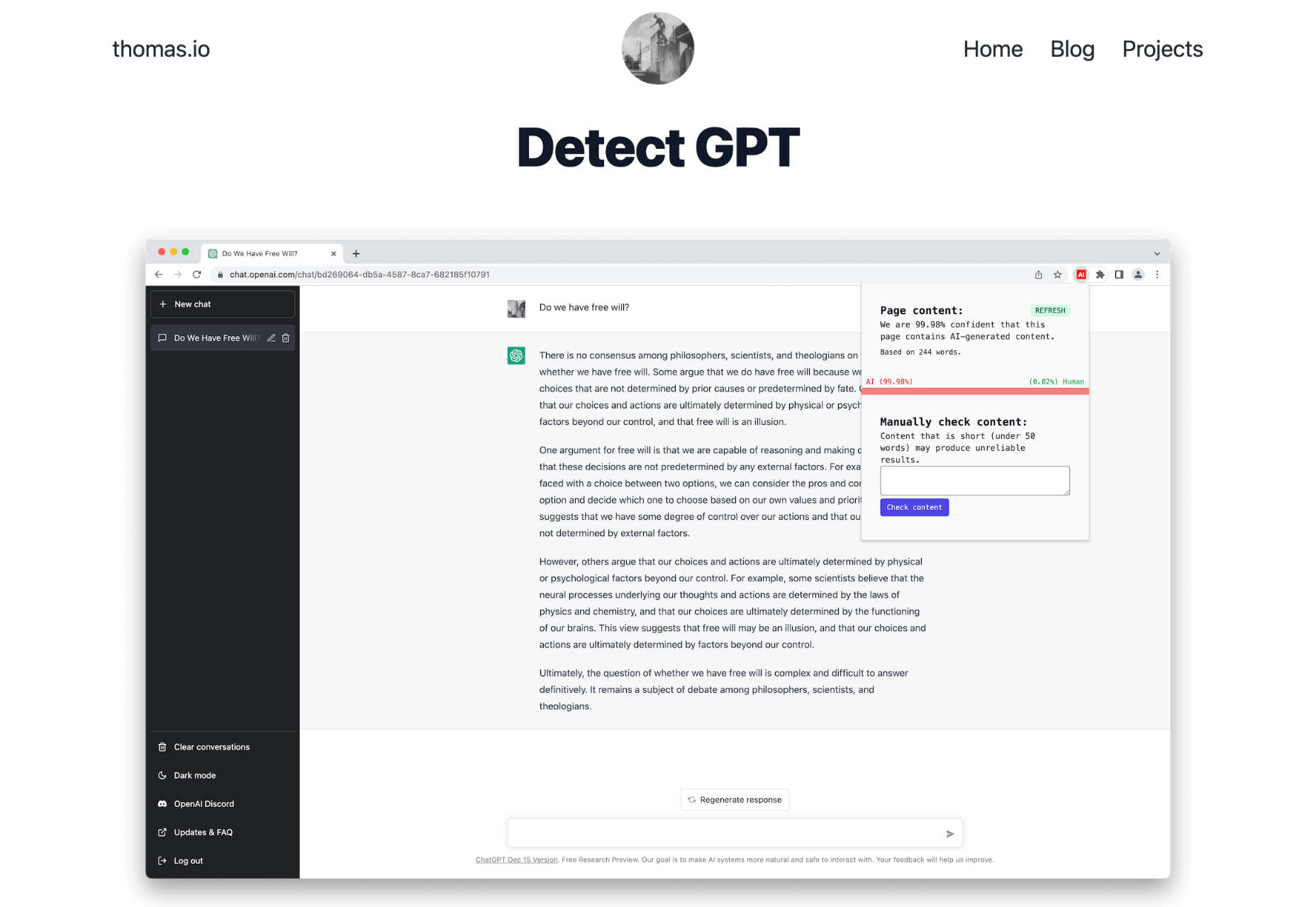







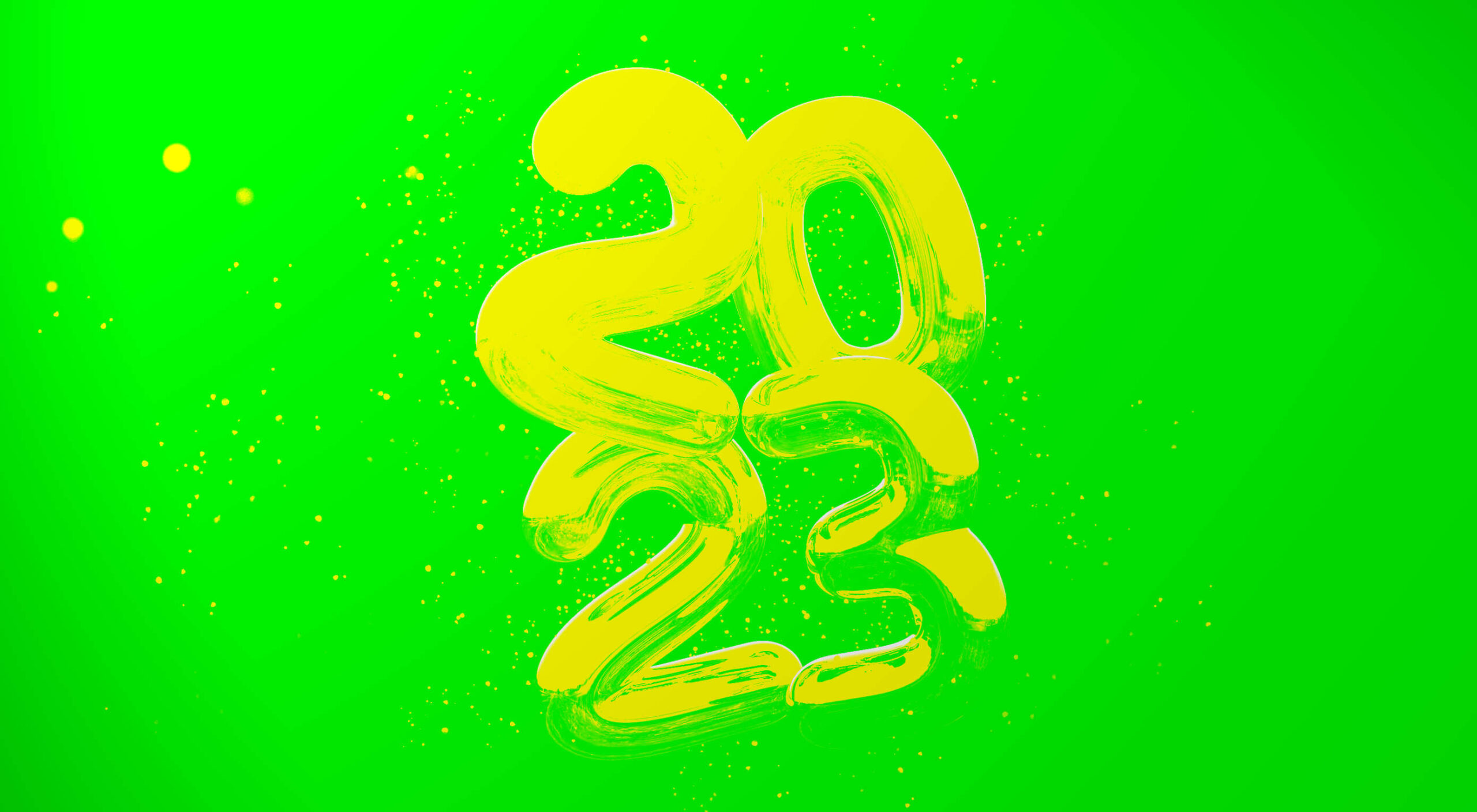 Welcome to our annual guessing game of what the next twelve months will bring.
Welcome to our annual guessing game of what the next twelve months will bring.
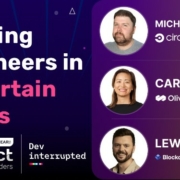
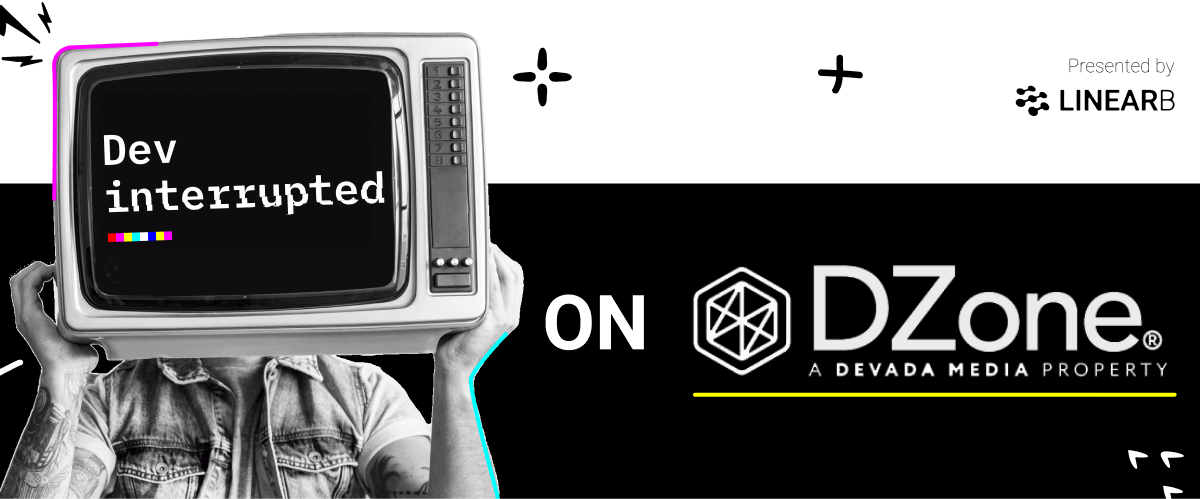 It’s no secret this has been a difficult year for many companies in tech. The truth is, it’s easy to be a leader when times are good. It’s less easy in the midst of a storm.
It’s no secret this has been a difficult year for many companies in tech. The truth is, it’s easy to be a leader when times are good. It’s less easy in the midst of a storm.